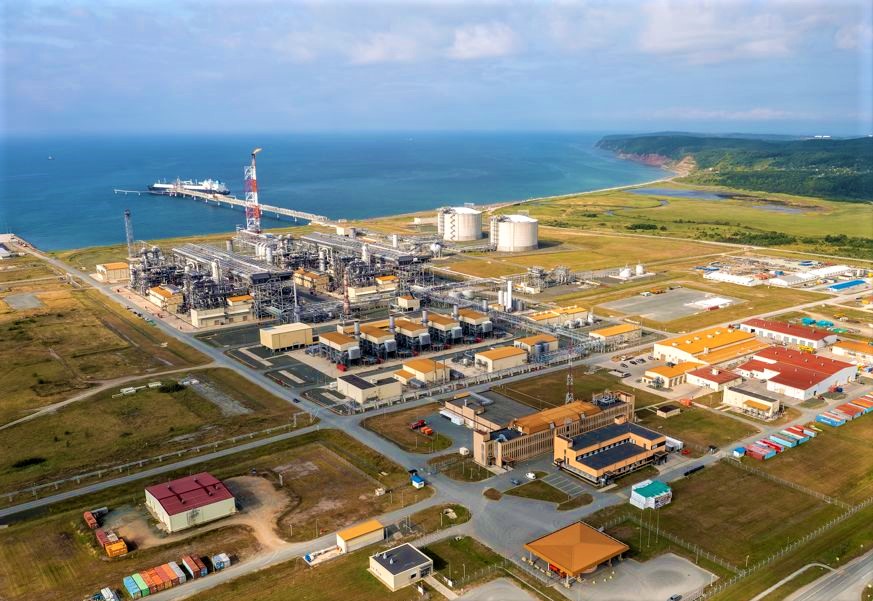LNG giant Shell said on Monday it would exit its joint ventures with Russia’s Gazprom and related entities, including its 27.5 percent stake in the Sakhalin-2 LNG export terminal.
Besides the LNG plant, Shell said in a statement it would exit its 50 percent stake in the Salym Petroleum Development and the Gydan energy venture.
Shell also intends to end its involvement in the Nord Stream 2 pipeline project.
“We are shocked by the loss of life in Ukraine, which we deplore, resulting from a senseless act of military aggression which threatens European security,” Shell’s chief executive officer, Ben van Beurden said in the statement.
“Our decision to exit is one we take with conviction,” van Beurden said.
“We cannot – and we will not – stand by. Our immediate focus is the safety of our people in Ukraine and supporting our people in Russia. In discussion with governments around the world, we will also work through the detailed business implications, including the importance of secure energy supplies to Europe and other markets, in compliance with relevant sanctions,” he said.
Impairments
At the end of 2021, Shell had around $3 billion in non-current assets in these ventures in Russia.
Also, Shell expects that the decision to start the process of exiting joint ventures with Gazprom and related entities would impact the book value of the company’s Russia assets and lead to impairments.
The Sakhalin-2 LNG facility, operated by Sakhalin Energy, produced and shipped record 11.6 million tonnes of LNG in 2020. This is equivalent to 178.6 standard cargoes.
It started producing LNG back in 2009 with a design capacity of 9.6 mtpa, but due to technical improvements and upgrades, together with weather and temperature conditions, production rose by 20 percent.
Most of these volumes land in Japan, followed by South Korea, Taiwan, and China.
Sakhalin Energy’s shareholders include operator Gazprom with a 50 percent stake, Shell, Japan’s Mitsui and Co., and Mitsubishi Corporation.

